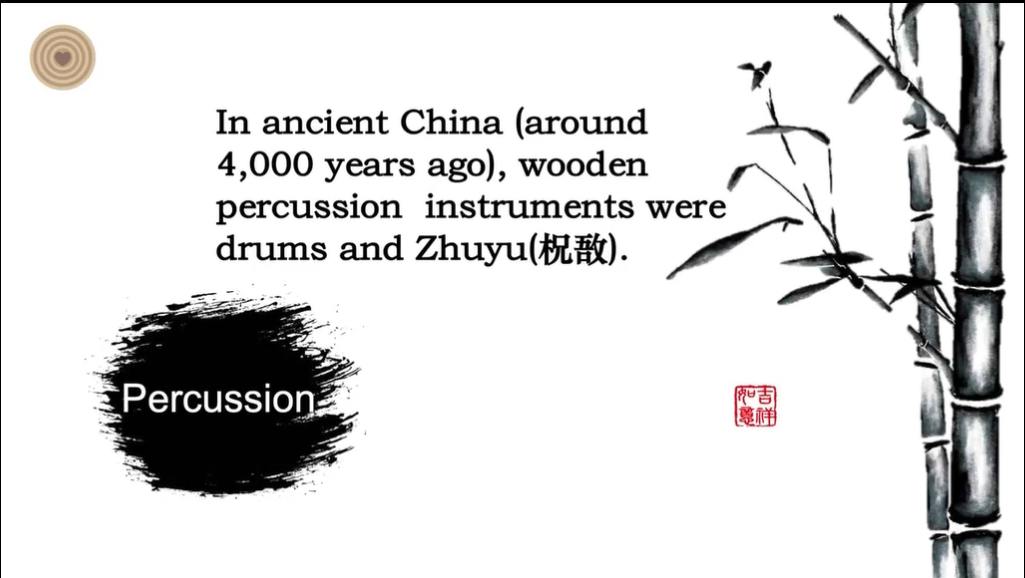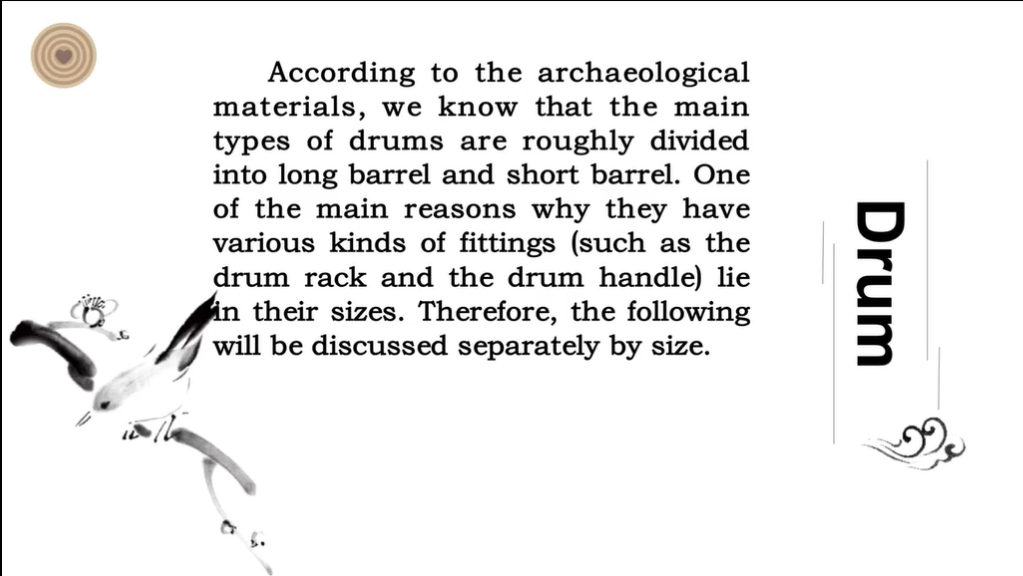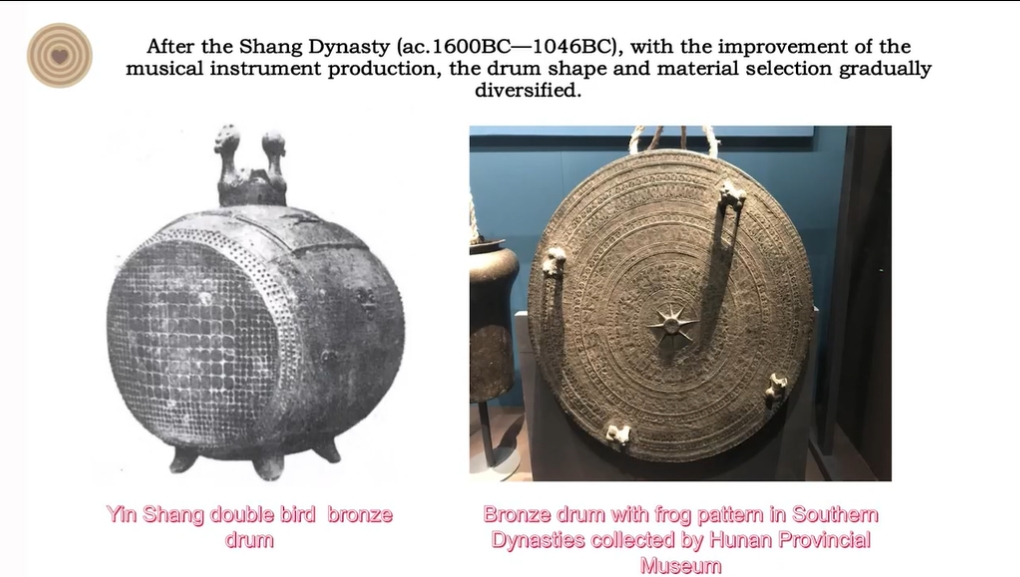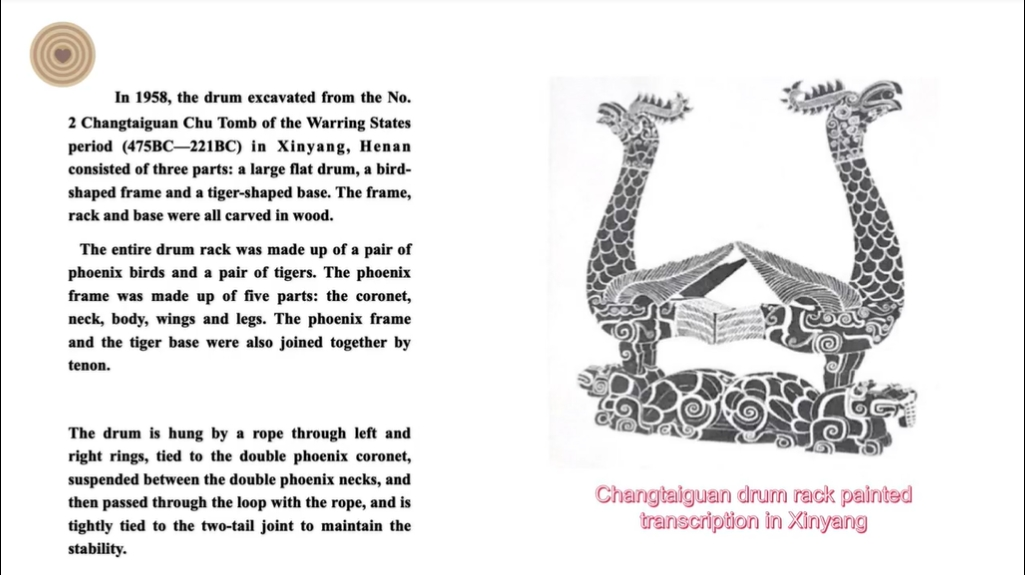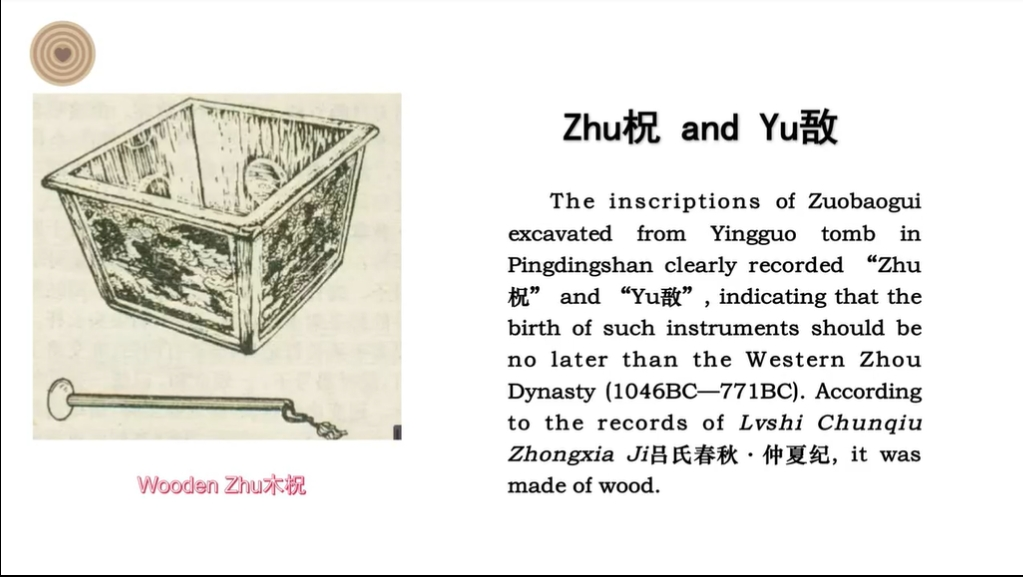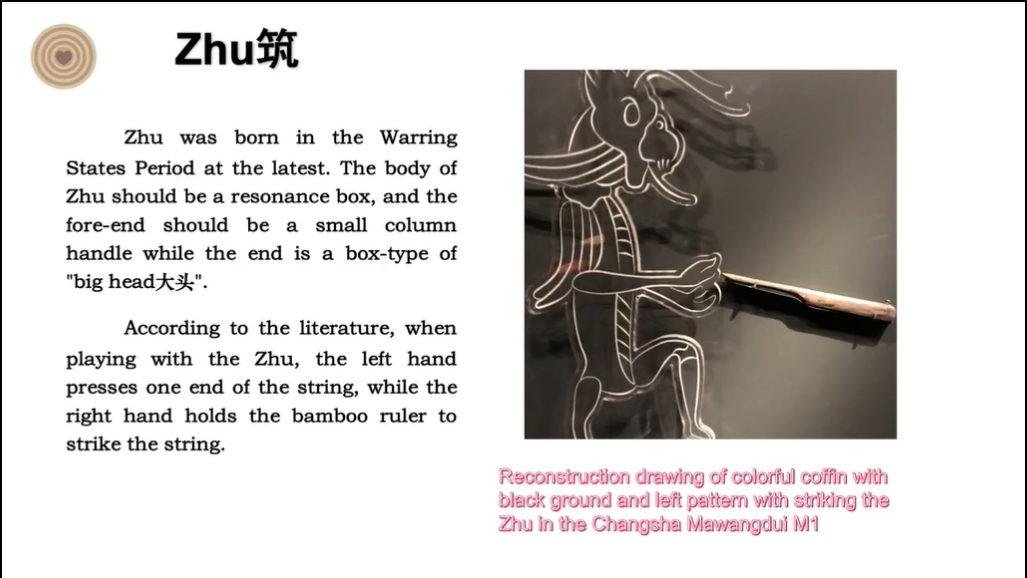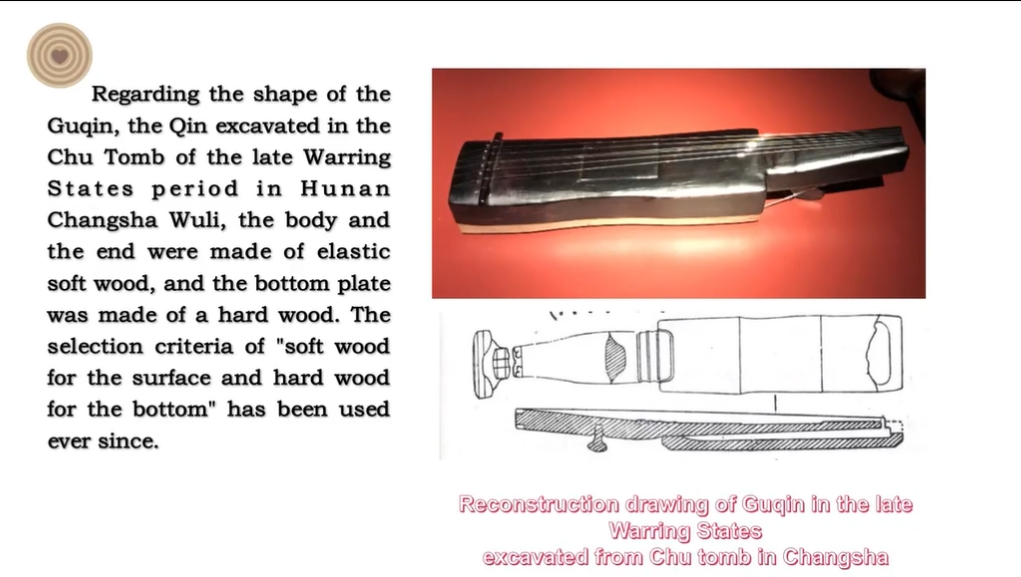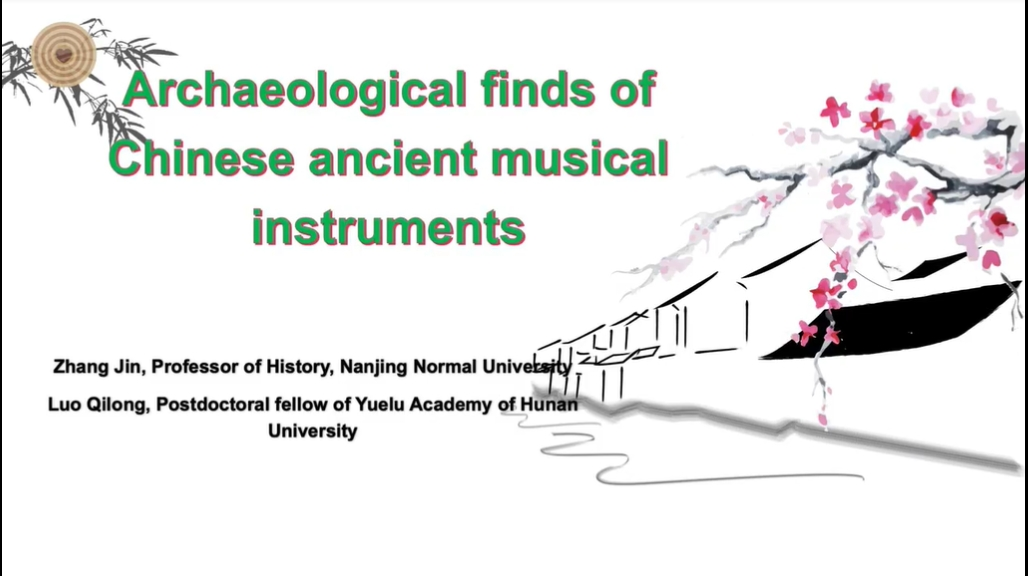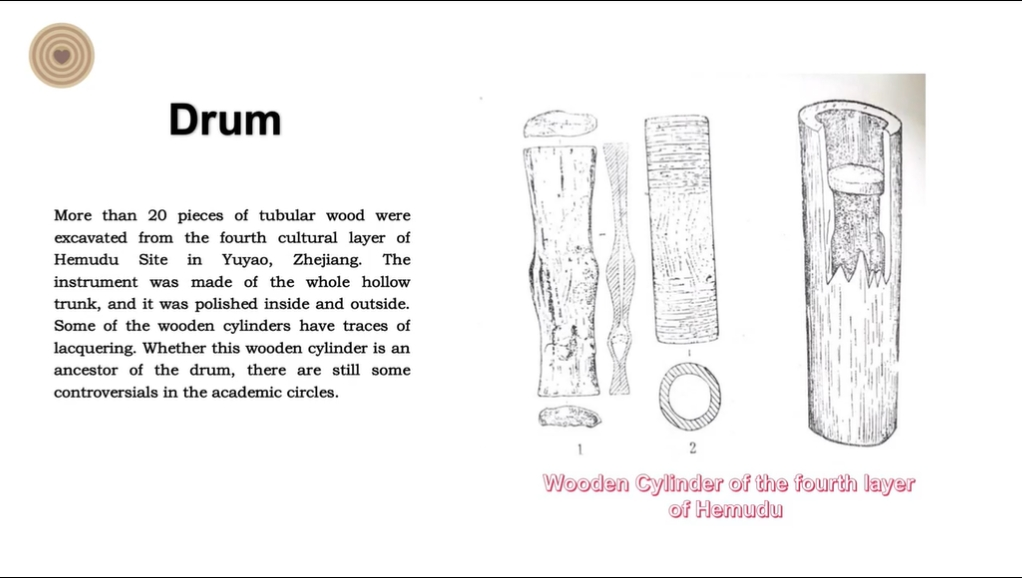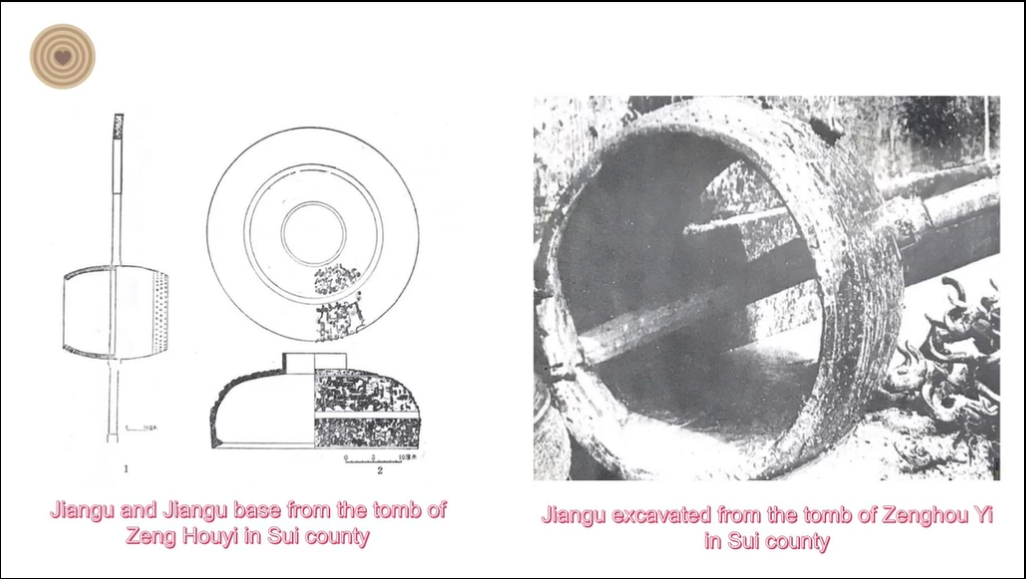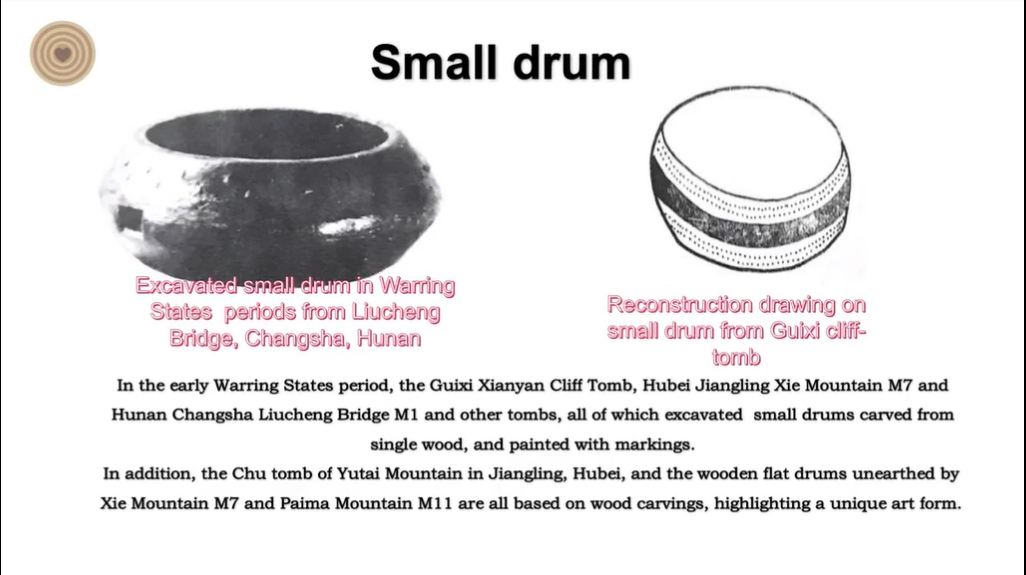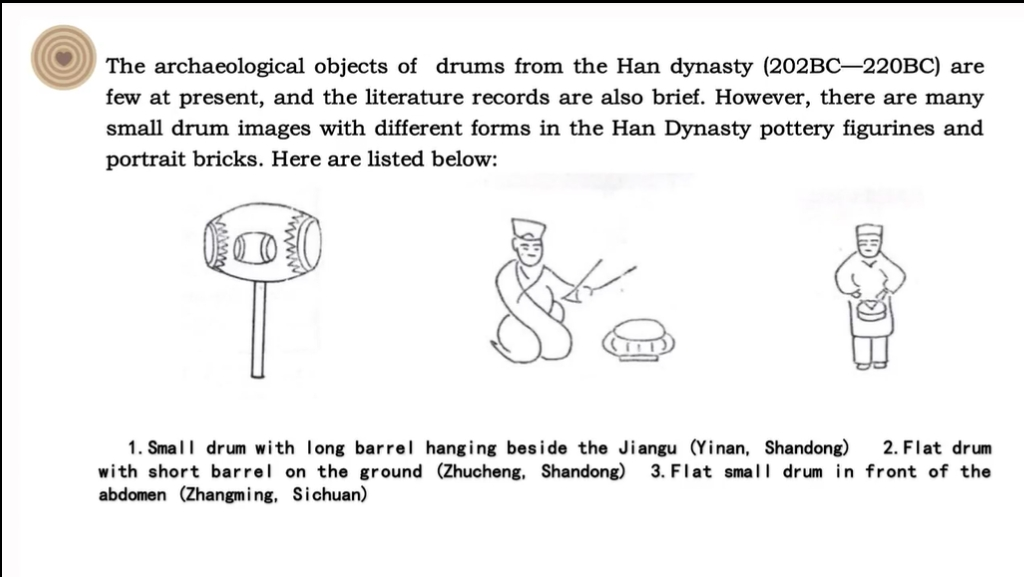会议时间:2019年3月21-23日
会议地点:奥地利·格拉茨
演讲嘉宾:Qilong Luo
Nanjing Normal University, China
摘要:
Wooden musical instruments were very popular in the Neolithic Age of China. However, wooden tube had disappeared during the Yin and Shang periods (around 1600 BC—1046 BC) because of poor timbre, small volume and other shortcomings. Wooden bass drums were also changed into copper bass drums. During the Spring and Autumn and the Warring States periods (770 BC—221 BC), snare drums were still made of wood with various shapes, but they were only used as the auxiliary instruments of bassdrums. Most ritual musical instruments made of wood including “Zhu(柷)” and “Yu(敔)” frequently used by people of the Western Zhou Dynasty (1046 BC—771 BC) and later generations. Both of them were applied at the beginning and end of musical performance symbolizing the coordination of Yin(阴) and Yang(阳) and beginning and end of all the things on earth. In addition, Zhu(筑), Guqin(古琴), Se (瑟)and other string instruments gradually thrived during the Spring and Autumn and the Warring States periods. Zhu was made of a single wood forming are sonance chamber as a whole. The head of Zhu was a cylindrical handle which was later changed into a crate-form of “big head”. Se excavated from Pre-Qin and two Han Dynasties (about 21 BC—AD 220) were partly made by splicing single boards but still focused on hacking a whole wood to make the main body. The wood was characterized by soft material, even and fine texture. The panel of Seis slightly arched with different types of Se columns. Most Guqin were also made by hacking a single wood during the early Warring States period. In addition, Guqin was a half-box with a long tail and had not developed into a full box. To the late Warring States period, the technique of Guqin further developed, which had a long body and a large resonance chamber inside as well as improvement in timbre and volume. Moreover, the standard for the material selection of soft wood for the surface and the hard wood for the bottom was gradually adopted at that time. This standard has been used until now. Due to the change of social culture, string instruments playing multi-tones gradually became the mainstream of musical instruments in the Qin and Han Dynasties (221BC—AD 220).
责任编辑:iwcs25P/H


 1,602
1,602
